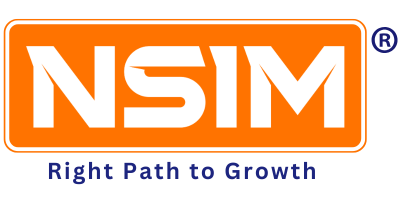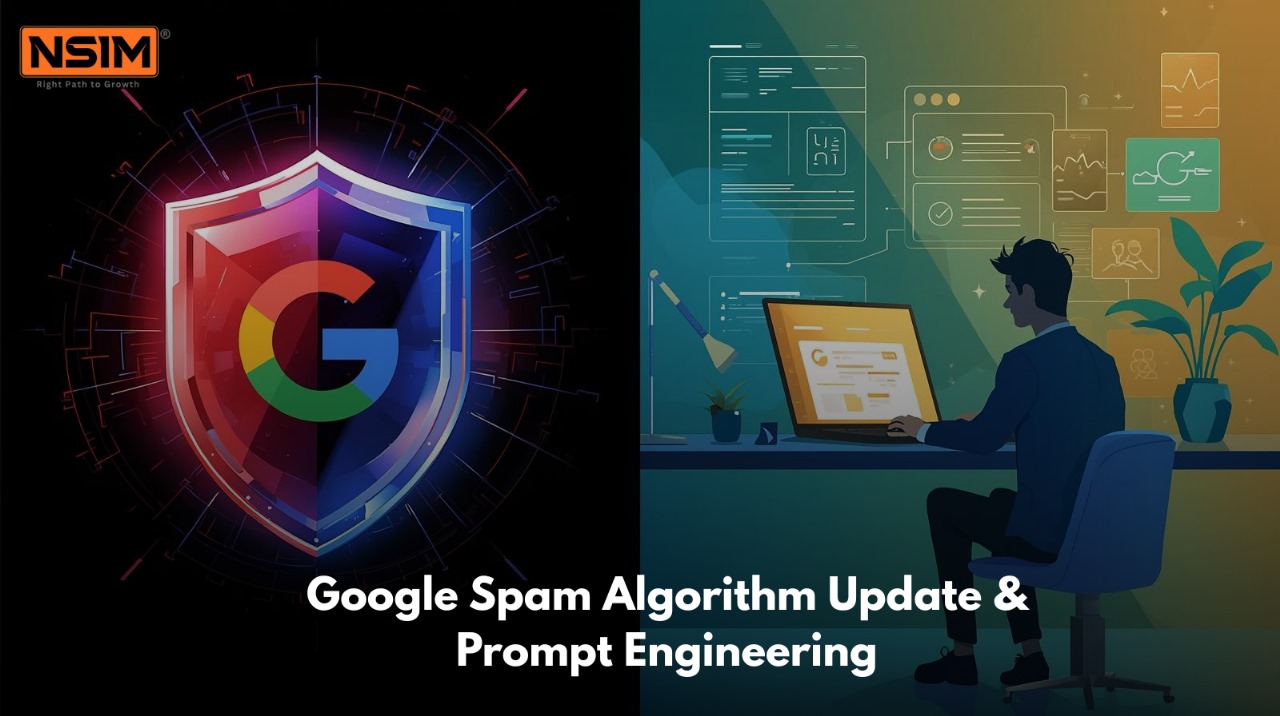Google Spam Algorithm Update: Why a Prompt Engineering Course is Your SEO Advantage
The latest Google Spam Algorithm Update (August 2025) has shaken the SEO world. Rankings are fluctuating, websites are hit with penalties, and marketers are scrambling to adapt. But here’s the truth: you don’t just need SEO anymore—you need AI-powered strategies and advanced prompting techniques to stay ahead.
If you want to keep your brand visible, trusted, and ranking high on Google, this guide is for you.
Introduction: Why Everyone is Talking About Google’s August 2025 Spam Algorithm Update
Google has always had one mission—to deliver the best possible search experience to users. And to achieve that, they continuously release Core Updates, Helpful Content Updates, and Spam Updates.
The August 2025 Spam Algorithm Update is one of the most impactful in recent times, targeting websites that exploit spammy tactics such as:
-
Auto-generated low-quality content
-
Keyword stuffing and manipulative SEO
-
Doorway pages and link spam
-
Programmatically generated content with little value
Unlike older spam updates, this one is global and affects all languages and regions. It also comes right after the June 2025 Core Update, making search rankings even more volatile
What Exactly is the August 2025 Spam Algorithm Update?
According to Google’s official announcement, the update began rolling out on August 26, 2025 and will take a few weeks to complete.
Its primary goal?
To filter out low-value, manipulative, or spammy content and reward sites that provide genuine, user-focused, authoritative content.
What’s different this time is the integration of AI signals in search evaluation. Google is now better equipped to detect AI-written content that lacks originality or human oversight.
In short: lazy content won’t survive. Smart, guided, AI-supported content will.
Why SEO Alone Isn’t Enough: The Rise of Prompt Engineering
The August 2025 Spam Algorithm Update confirms what many marketers suspected: AI is not the problem. How you use AI is the real game-changer.
This is where Prompt Engineering becomes crucial. Prompt engineering is the practice of designing the right instructions for AI tools so they deliver accurate, original, and high-value content. Done correctly, it ensures that AI-generated text supports your SEO strategy instead of hurting it.
For businesses and digital marketers, enrolling in a Prompt Engineering Course can be a turning point. A structured course teaches you:
-
How to craft prompts that produce original, authoritative content
-
How to use AI responsibly to avoid spammy patterns
-
How to create tailored content for different audiences
-
How to integrate AI safely into SEO and marketing workflows
Simply put, if SEO is evolving, then learning prompt engineering is no longer optional—it is essential.
Advanced Prompting Techniques: The Future of AI-Powered Marketing
If AI is your engine, then prompting is the fuel. Without the right prompts, AI will produce generic, spammy, and low-value content. But with advanced prompting, you can create content that is:
-
High-quality
-
SEO-optimized
-
Aligned with your brand’s tone and expertise
-
Ready to withstand algorithm updates
Here are five Advanced Prompting Techniques you can use to stay ahead.
1. Role-Based Prompting
Instead of just asking AI to “write a blog,” give it a role.
Example: “Act as an experienced SEO strategist and create a blog that explains Google’s spam update to business owners in simple terms. Include examples and action points.”
Benefit: Adds expertise, authority, and relevance to the content.
2. Chain-of-Thought Prompting
Guide AI through a logical reasoning process.
Example: “Explain step by step why Google penalizes spammy content, what signals it looks for, and how a business can adapt its SEO strategy. Then summarize in 3 key takeaways.”
Benefit: Produces structured, clear, and in-depth insights rather than generic text.
3. Persona-Driven Prompting
Create different outputs for different target audiences.
Example:
-
For beginners: “Explain Google’s spam update to a small business owner with no SEO background, using simple metaphors.”
-
For experts: “Write a technical breakdown of the update for an SEO agency team, with references to Google documentation.”
Benefit: One piece of research = multiple audience-tailored content.
4. Multi-Layer Prompting
Use prompts in stages for refinement.
Example:
-
Ask AI to outline the blog structure
-
Refine sections with data and case studies
-
Re-prompt for SEO optimization (meta tags, headings, keywords)
Benefit: Prevents fluff and ensures the content is polished at each step.
5. Critical Evaluation Prompting
Ask AI to critique its own output.
Example: “Review this article for SEO quality, originality, and readability. Suggest improvements before finalizing.”
Benefit: Reduces the risk of AI-generated spam and helps align content with Google’s quality guidelines.
How to Apply These Techniques to Blogs, SEO and Beyond
These prompting methods aren’t just for blogs. They can be used in:
-
SEO → Create optimized, authoritative content
-
Email Marketing → Craft personalized campaigns
-
Social Media → Generate catchy, audience-specific captions
-
Ad Copywriting → Refine CTAs and high-conversion headlines
-
Business Strategy → Generate market analysis and campaign planning drafts
When used strategically, advanced prompting ensures AI helps you scale without compromising quality.
Future of SEO: AI plus Human Oversight
The August 2025 Spam Algorithm Update is a wake-up call:
-
Mass-produced, low-quality AI content will be penalized
-
Brands that blend AI efficiency with human creativity and strategy will dominate
-
Agencies that understand prompt engineering will have a competitive edge
At Starlit Digiworld, we’re already using AI-powered SEO techniques combined with advanced prompting to deliver results like ranking clients for competitive keywords in less than a month.
Key Takeaways
-
The August 2025 Spam Algorithm Update targets low-quality, manipulative, or AI-spam content
-
Websites relying on lazy AI automation are losing visibility
-
A Prompt Engineering Course equips marketers to use AI responsibly and effectively
-
Advanced Prompting Techniques ensure AI supports SEO instead of harming it
-
The future of SEO isn’t AI versus Human—it’s AI plus Human


